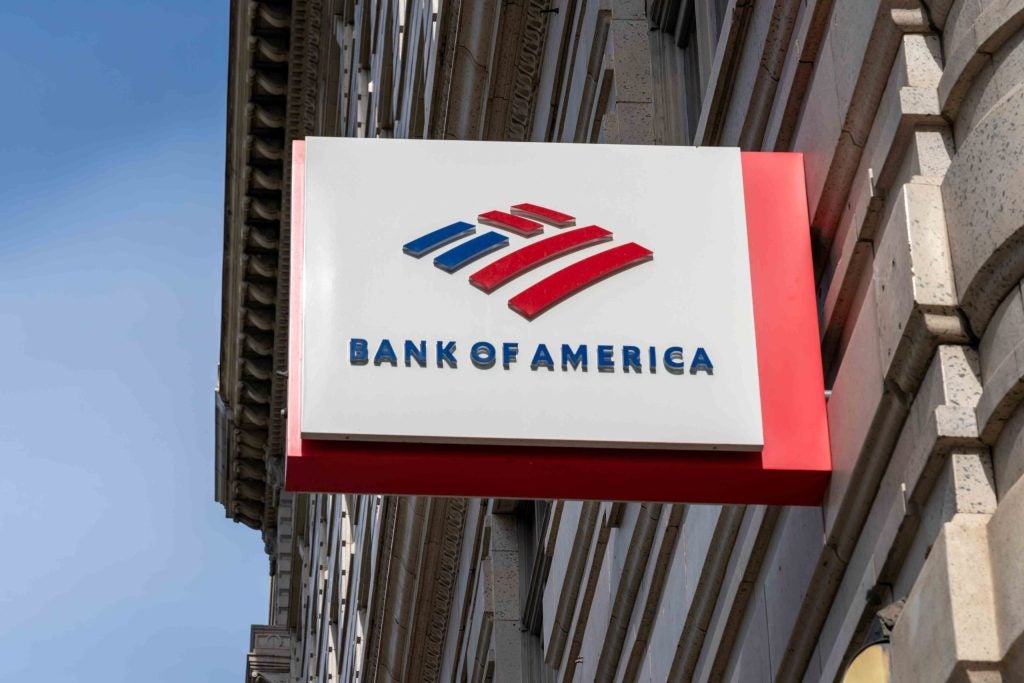As 2019 draws to a close, experts from OneSpan speak to RBI about the past year and give insight into how the retail banking industry will change in 2020.
Mobile becomes the standard platform for financial interactions
Mark Crichton, Senior Director of Security Product Management, OneSpan:
“Because of this the corresponding increase in the attack surface that fraudsters will have access to gets worse. Whether mobile is already part of your offering, or you will be launching a new mobile app – security needs to be baked in from the beginning, not bolted on at the end.
“Many fraudsters look for loopholes in the process or registering, activating or using a mobile device in relation to an online account or transaction. App development whether in-house or outsourced needs to consider the best security mechanisms to protect the app and importantly the brand. Process flows also need to be streamlined. The ability to make intelligent decisions about applying the right level of security at the precise time is going to be largely driven by machine learning.”
Hackers will exploit open banking
Frederik Mennes, Director of Product Security, Security Competence Centre, OneSpan:
“2020 will see the introduction and adoption of open banking applications that are used by consumers and enterprises, stimulated by PSD2 in Europe and similar legislations in other regions (e.g. Australia, Singapore, Hong Kong).
How well do you really know your competitors?
Access the most comprehensive Company Profiles on the market, powered by GlobalData. Save hours of research. Gain competitive edge.

Thank you!
Your download email will arrive shortly
Not ready to buy yet? Download a free sample
We are confident about the unique quality of our Company Profiles. However, we want you to make the most beneficial decision for your business, so we offer a free sample that you can download by submitting the below form
By GlobalData“Open banking will give rise to new security threats and vulnerabilities, such as data breaches at third-party providers using open banking interfaces, as these companies might lack investment in security. Next to it, we may see that vulnerabilities in the IT infrastructure of third-party providers may lead to fraudulent payments.”
Financial institutions will need help embracing AI to its full potential
Mark Crichton, Senior Director of Security Product Management, OneSpan:
“Financial institutions are still holding back from providing enough data to use AI in its most complete from in the effort to prevent fraud. Currently a lot of banks have siloed data pools which can’t be pulled, however over the next year, it will be rare to see banks not using AI in an efficient way. When complex fraud detection models are able to be read and understood by people, then we firmly believe the power of AI will shine through across the banking industry.”
Brexit will pave the way for smaller FIs to succeed
Steven Murdoch, Innovation Security Architect, OneSpan:
“In the short term, we will not see significant divergence between the UK and the EU, in part because UK banks will want access to EU customers. However, the UK will lose its voice within the EU structures, where it has been consistently calling for reduced regulation and support for the interests of large banks based in the UK. The changes will be subtle and take time to have effect but gradually we expect a shift toward increased consumer protection and greater consideration of the interests of smaller financial institutions.”
Advanced liveness detection will be a critical part of cybersecurity
Conor Hickey, Head of Solution Architecture, OneSpan:
“The adoption of facial recognition and facial comparison has been hampered until now because it has been easily spoofed using video. Technology in the form of advanced liveness detection has now closed this gap in security. Combining both static and dynamic liveness detection is something that we could also see more of. In more general terms, technologies such as facial recognition and its use of artificial intelligence will come under more scrutiny.”







